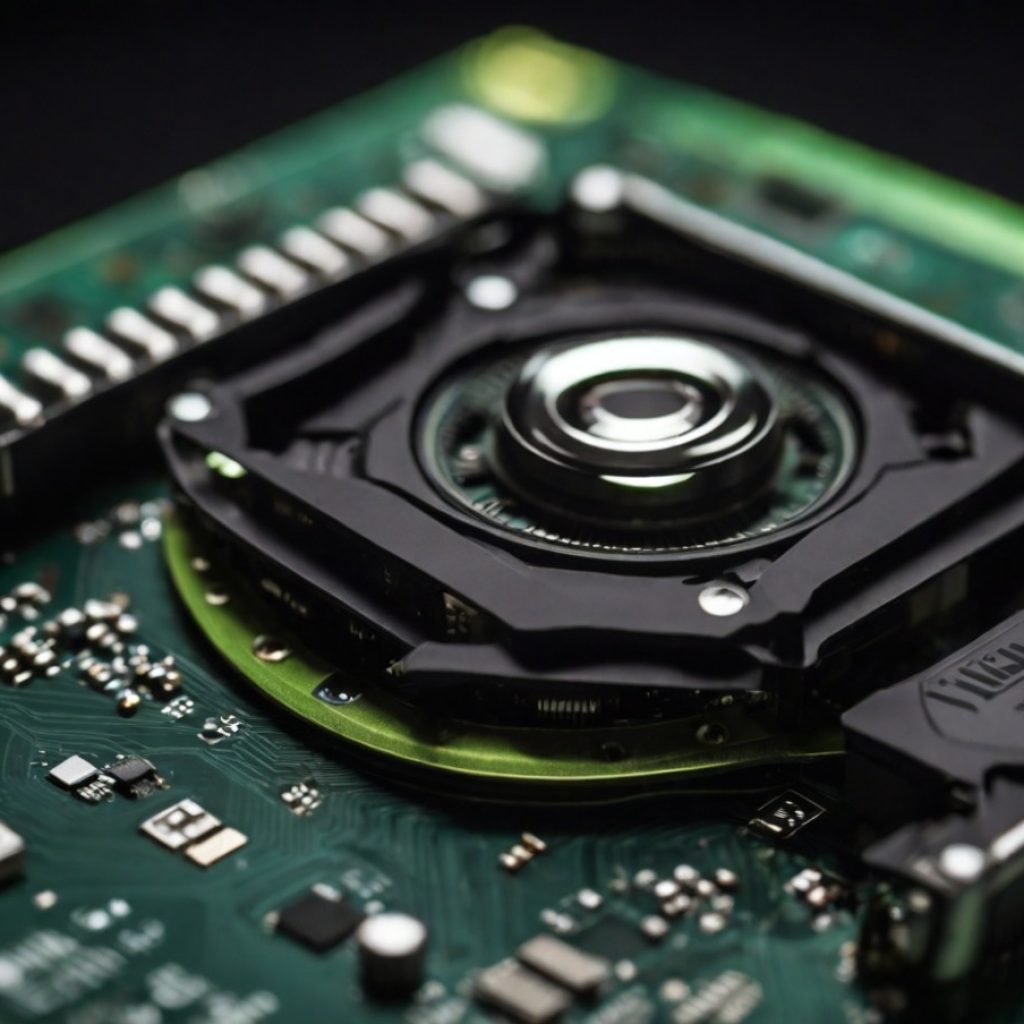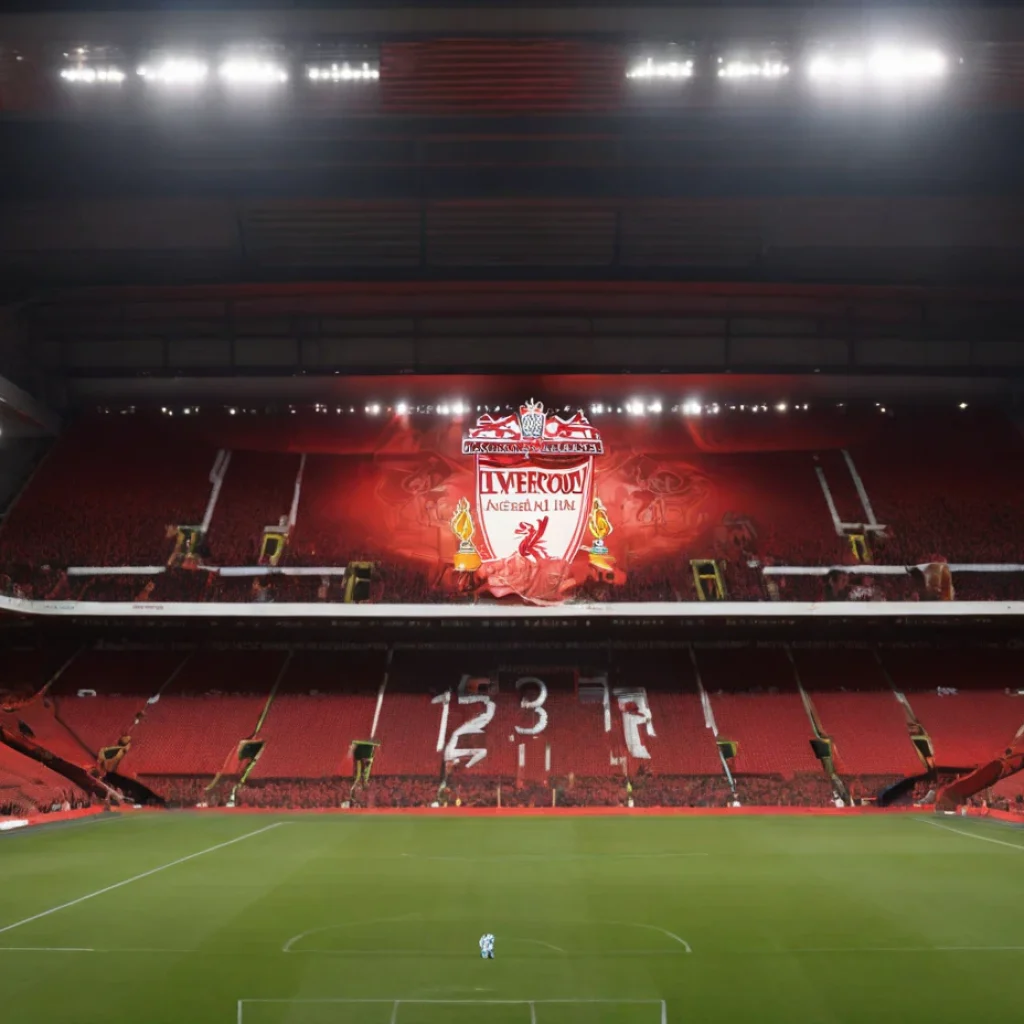The intersection of technology and music has had a profound impact on the creation, recording, and performance of songs. Remarkably, even legendary bands like The Beatles continue to benefit from technology in 2023, as demonstrated by the recent release of their first new track in decades, “Now and Then.” This groundbreaking achievement was made possible through the use of cutting-edge AI tools that rejuvenated ancient recordings. The exciting part? You can do it too, and we’ll show you how.
Unveiling “Now and Then”: The role of AI
The release of “Now and Then” by The Beatles marks a historic moment. The track was enhanced using machine learning by Peter Jackson, the director of The Beatles documentary “Get Back.” Jackson employed the same audio processing algorithms used to clarify inaudible conversations among band members in the documentary. With AI’s assistance, he isolated John Lennon’s voice from background noise, enabling audio engineers to enhance the vocal track. This achievement breathes new life into The Beatles’ music, even decades later.
The Beatles: Pioneers in music technology
Throughout their career, The Beatles were at the forefront of technological innovations in music. They were early adopters of the Moog synthesizer and continually experimented with recording techniques. From double-tracking vocal tracks (flanging) to using tape loops on songs like “Tomorrow Never Knows” and “Revolution 9,” The Beatles showcased the potential of technology in music.
A personal quest: Rediscovering decades-old recordings
Inspired by The Beatles’ story, a musician, songwriter, and Beatles fan embarked on a journey to explore if AI could breathe new life into their own decades-old audio recordings. In the mid-1980s, with limited recording options, they used a Tascam Portaone Ministudio to record approximately 150 rock songs. However, one limitation was that they ended up with two versions of each recording—a four-track version playable only on the Tascam recorder and a two-track mix-down version suitable for conventional cassette players.
Years later, the desire to remix those early songs grew. One particular goal was to remove vocals from a 1986 recording called “Heywire” to improve audio quality and highlight instruments. Sadly, the original four-track recording and Tascam recorder were lost, rendering remixing impossible.
AI-powered solutions: Separating tracks
Inspired by The Beatles’ AI-assisted restoration, the quest to revitalize “Heywire” led to the discovery of AI-powered solutions that could separate vocal tracks from background music. Several online tools and mobile apps use AI to achieve this separation, although they are not flawless.
Online tool: Media.io online vocal remover
One such tool is the Media.io Online Vocal Remover, accessible via a web browser. Users upload their music, and the AI-driven process separates vocals from background instruments. While not perfect, it offers an accessible solution. After signing up, users can try the service for free with limitations, and pricing for further use varies based on duration.
Mobile app: Bandlab’s splitter tool
For those who prefer mobile apps, Bandlab’s Splitter Tool offers a user-friendly experience. Available on iOS and Android, this app analyzes audio files and separates them into vocal, drum, bass, and other tracks. It allows for further editing or exporting of the tracks for a remix. The best part? It’s entirely free to use, with no upload limits.
The future of music restoration
While AI-driven tools for audio separation are not flawless, they are already robust and accessible to the public. As technology continues to advance, these tools will likely improve in precision and performance. Musicians and enthusiasts can now explore the possibilities of rejuvenating old recordings, just as The Beatles did with “Now and Then.”
The marriage of music and technology opens exciting doors for artists and music lovers alike, offering a chance to revisit and enhance the musical creations of the past, preserving and celebrating the rich tapestry of musical history.
The story of how AI helped The Beatles recover decades-old music serves as an inspiring example of how technology can bridge the gap between the past and the present in the world of music. The journey of rediscovery, whether for a legendary band or an aspiring musician, brings fresh hope for the timeless beauty of melodies to be cherished for generations to come.





